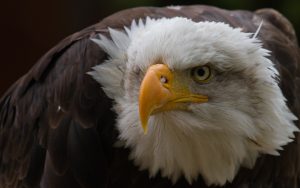
With around 10,000 species ranging from the tiny bee hummingbird to the ostrich, birds are among the most diverse group of living animals. One of the reasons that makes them so different is the changes in their chromosomes. Many of these birds are endangered, others are important agricultural species (e.g. chicken, turkey, duck) while other still are useful models for studying disease. An explosion in the number of newly sequenced avian genomes has given Darren Griffin’s lab the opportunity to look closer at the similarities and differences between these birds at a chromosomal level. The team is currently focused on comparing these newly sequenced genomes cross-species to identify the changes that have occurred through evolution and that have led to the wide range of diversity and reproductive isolation we see among birds. The sequenced genomes are visualized using interactive analysis tools before being mapped to their physical location on the chromosomes. Other research interests lie in attempting to establish the genome structure of the ancestors of birds: the dinosaurs, and to look at the evolutionary changes that may have happened at a chromosomal level over the last 240 million years.
Dr. Mike Romanov and Dr. Becky O’Connor are involved in the project in partnership with Dr. Denis Larkin’s team at the Royal Veterinary College, London. Other partners include the Central Veterinary Research Laboratories (including the falcon hospital) in Dubai, Digital Scientific UK and Cytocell Ltd.